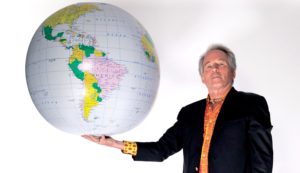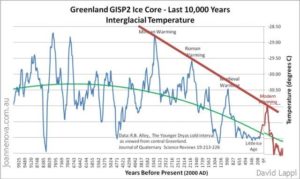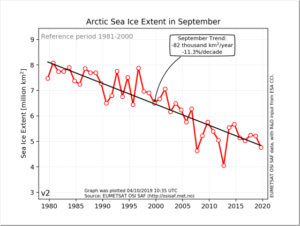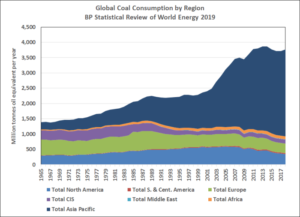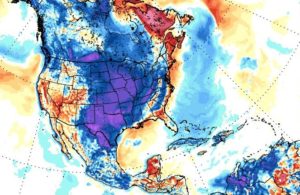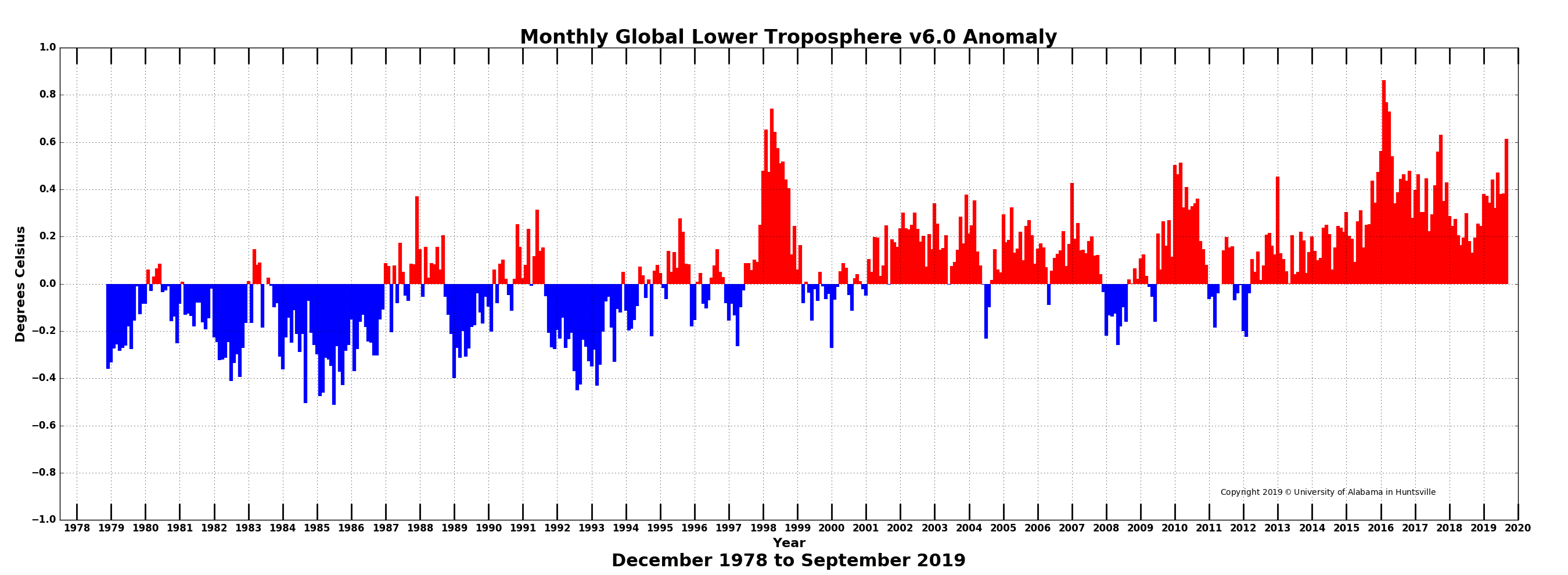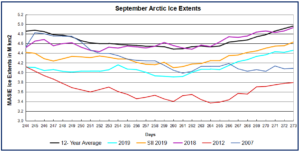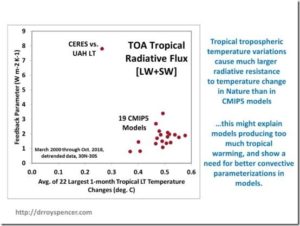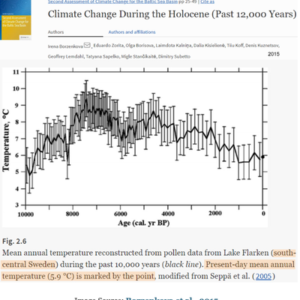by Uutiset, October 8, 2019 in ClimateChangeDispatch
Environmental NGO WWF Finland has apologized for using a retouched photo of a polar bear and cub standing on a tiny ice floe, apparently adrift in an ocean.
However, the organization’s communications head, Anne Brax, also defended the use of the image as an advertising tool commonly used as shorthand for climate change and its impact on arctic regions, rather than as a news item.
The photo was used as part of an anti-climate change fundraising campaign aimed at students participating in Finland’s annual “taksvärkki” or “day’s work” program, where middle schoolers work for a day to collect money for worthy causes.
The image used in the campaign was originally shot by nature photographer Steven Kazlowski and depicts a polar bear and a cub. In the original photo, however, the polar bears are set against an icy landscape with no ocean in sight.
Alongside the manipulated image used in the WWF Finland campaign is the text “sulaa hulluutta kun ilmasto lämpenee”, which roughly translated means “pure madness as the climate warms”, with a play on the word “sulaa”, which also means “to melt” in Finnish.
WWF Finland: “We Made A Mistake”
…

